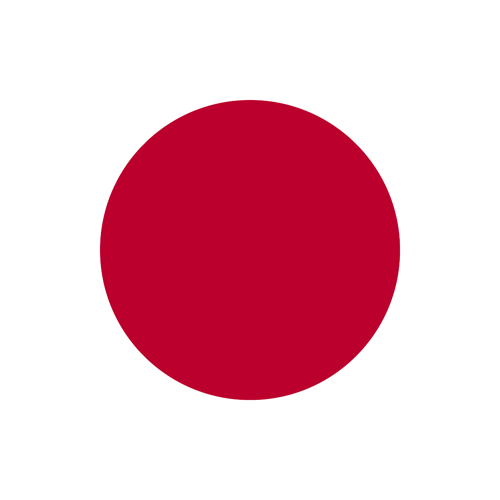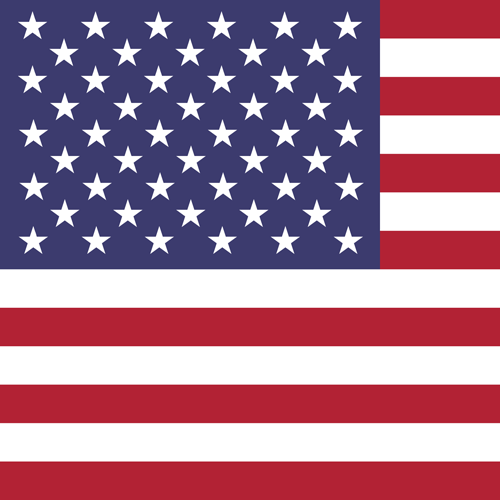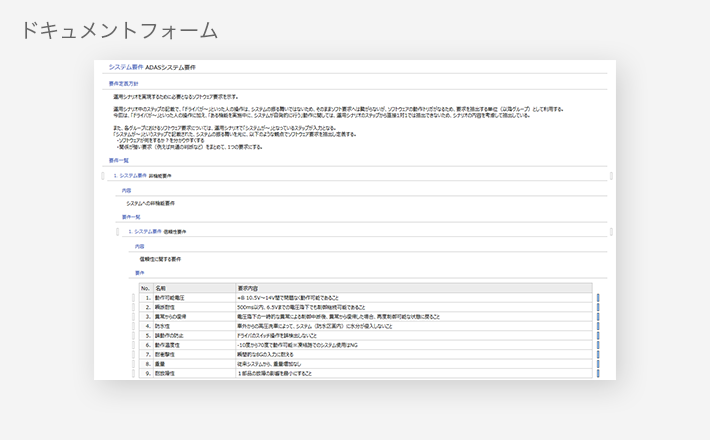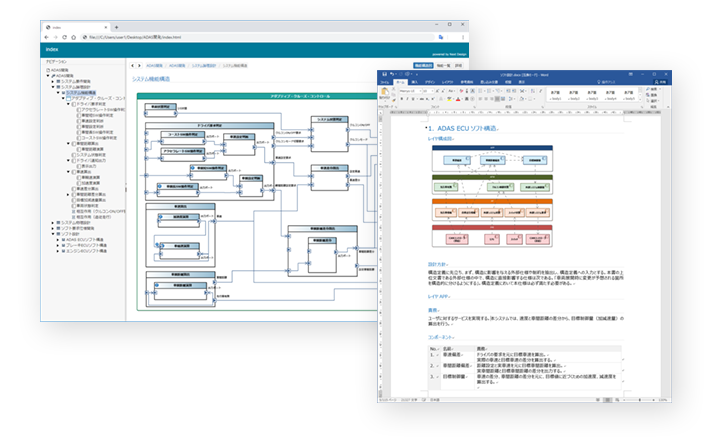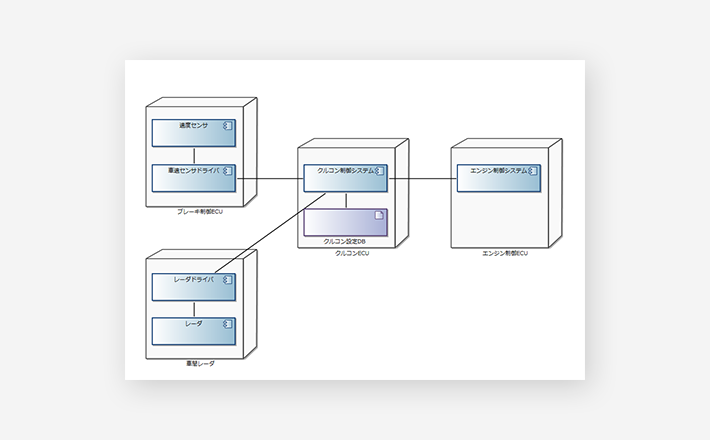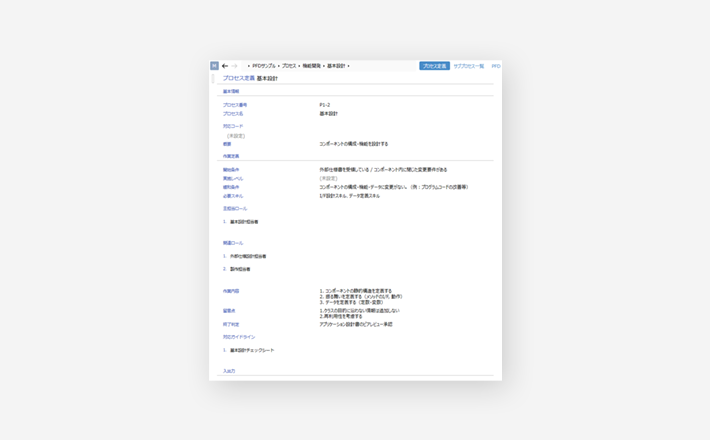
Assist in designing systems and software to suit on-site processes
- Design information in the development process is expressed directly in the tool
- Combining modeling tools with document and traceability capabilities
- Product line development support functions
- Freely expandable with plug-ins

Large-scale systems and
challenges facing software development
Software is becoming larger and more complex as systems and services become more sophisticated.
In line with this trend, multiple teams across companies and departments are developing software in parallel.
In large-scale development that is carried out in parallel and distributed, it is not only a top-down development approach that starts with requirements analysis,
A bottom-up development approach that makes use of existing assets is indispensable for large-scale parallel and distributed development, and is achieved by people onsite.


The approach of adapting the tool to the process on the ground.
Next Design is a next-generation design tool for systems and software development.
The 'metamodel', which defines the structure and relationship of design data for each process, and
the 'view definition', which is a diagram and document representation for expressing it, can be adapted to the perspective and use of the development site to create a dedicated design It can be made into a tool.
Conventional method


![]()
Database of design data (digital transformation)


Your exclusive design tool without programming
-
Defining various looks of outputs with views
Define according to the design perspective and the intended use of the deliverables.
You can switch between various representations of the same design data, from Word-like document display to Excel-like grids and diagrams.* Patent No. 6847382


Digital transformation
Facilitating the
digitization of design
with metamodels
Unification
Supporting the creation of
a database of design data
from system design to software design
Your exclusive tool with metamodels and views
It is a design tool that fits the actual situation of
development while taking advantage of the strengths of the field.
Changes automatically followed by other views
When designers make changes to their designs, they are automatically reflected in all
relevant views.
Your design data is always up-to-date and there is no risk of missing updates.
Supporting Design
Various Functions
-
Recording traceability while designing
Features useful for multi-team development
-
Extend functionality with plug-ins
It is an extension mechanism that allows you to plug in your own functionality.
There are a variety of things you can do, from customizing the UI to adding functionality.
Design Information Verification- Check for omissions in definitions and violations of description rules
- I/F DISCONNECTION/INCONSISTENCY CHECK
Tool Linkage
- Support for migration from existing assets (Excel sheet import)
Case Studies
Example on top-down development
By defining the artifacts of each process and their relationship to each other as a metamodel and assigning the appropriate views, the
It is possible to operate with high accessibility across processes.
Example on derivative development
It can also be applied to bottom-up development, which is driven by existing assets and inherent rules.
Examples on other designs
-
Showing models with UML/SysML
-
Applicating to process design
By defining the relationships between the processes and the elements of the deliverables in a meta-model, it can be applied to the design of
processes, etc.
Requirements
The following environment is required to use Next Design.
If the conditions are not met, Next Design may not operate properly.
Hardware
| CPU |
Minimum: 2-core 2.3GHz |
|---|---|
| Memory | Minimum: 4.0 GB |
| Storage | 1GB FREE SPACE OR MORE |
| Display | Minimum: 1280 × 1024 |
Software
| OS |
Windows 8.1 |
|---|---|
| Other | Microsoft .NET Framework 4.6.2 |
Applications that can be linked
| version control syst |
Subversion 1.8 and 1.9 repositories |
|---|---|
| (web) browser | Google Chrome Google Chrome is recommended. |
- All information is subject to change without notice.
- Microsoft, Windows and other Microsoft product names and product names are registered trademarks of Microsoft Corporation in the United States and other countries.
- All other company and product names are trademarks or registered trademarks of their respective owners.

